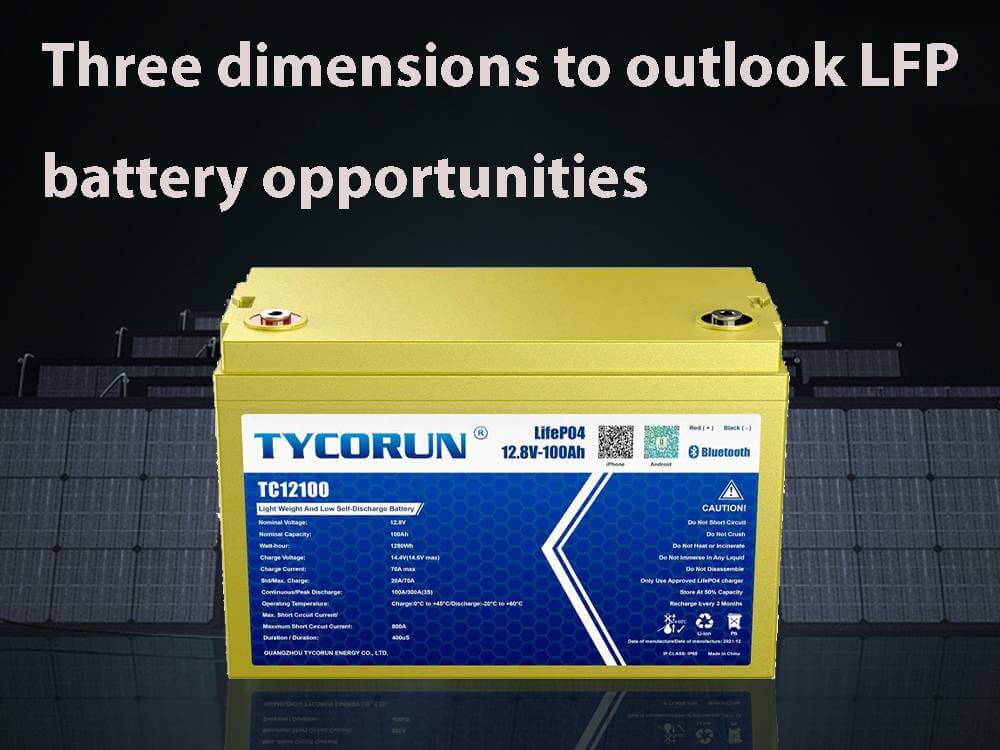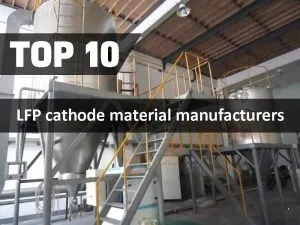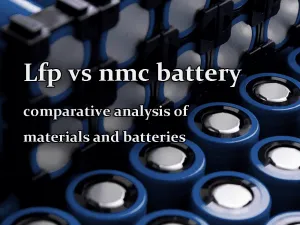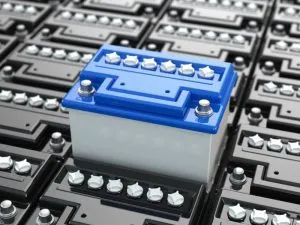Three dimensions to outlook LFP battery opportunities

According to the data, driven by the market demand for power and energy storage, the shipment of lithium iron phosphate cathode materials in China in 2022H1 is 445,000 tons, an increase of nearly 40% month-on-month and a year-on-year increase of 150%.
On the supply side, the huge room for demand growth has attracted more and more companies to join the lithium iron phosphate material track.
Many large chemical companies have made cross-border layouts, and the newly added production capacity has shown a trend of upstream and downstream integration as a whole.
At the same time, LFP material companies are also calling for the expansion of LFP materials. On the capital side, among the top 10 lithium iron phosphate power battery manufacturers in the LFP industry, 6 companies have completed or are in the process of IPO.
The demand for LFP batteries is accelerating
Experts pointed out that, looking back on the ten-year development of lithium iron phosphate batteries, from the perspective of installed capacity, from 0.2GWh in 2010 to 20.3GWh in 2016.
Driven by policies, it has achieved a 100-fold growth in 6 years. After 2016, it will stabilize at about 20GWh per year.
2021 will become a turning point in the lithium iron phosphate battery market. The technological breakthroughs in the cell structure superimpose the strong market demand, and the installed capacity of lithium iron phosphate batteries has achieved a growth of more than 4 times in one year.
From January to July this year, the cumulative installed capacity of power batteries in China was 134.3GWh, a year-on-year increase of 110.6%.
Among them, the cumulative loading of lithium iron phosphate batteries was 78.7GWh, accounting for 58.6% of the total loading, with a cumulative increase of 180.9% year-on-year, maintaining a strong growth momentum.
Even if the first half of the year was affected by the epidemic, the shortage of chips and the increase in raw material costs did not prevent its rapid growth.
Performance limitations and technological breakthroughs
Industry experts said that the performance requirements of new energy vehicles for power batteries include safety, high energy density, fast energy replenishment, cost (commercial attributes), lifespan (full life cycle cost, easy maintenance), low temperature performance (environmental adaptability) .
Judging from the technological progress of lithium iron phosphate batteries, the energy density of lithium iron phosphate batteries has increased by an average of 9% per year in the past 10 years, and the improvement has slowed down due to technical bottlenecks and policy changes in the past two years.
From the perspective of performance bottleneck, the improvement of volumetric energy density is more obvious by increasing compaction, and the material properties of lithium iron phosphate may cause the gap between compaction density and true density to be not as small as other materials.
Lithium iron manganese phosphate has the same structure as lithium iron phosphate, and the theoretical capacity is the same as 170mAh/g.
However, its voltage platform is 4.1V, which is much higher than the 3.4V of LFP, and its energy density is 15% higher than that of lithium iron phosphate.
But the problem is the actual energy density level. Poor magnification performance. Jahn-Teller effect, to what level is the solubility of Mn3+ improved.
At the same time, lithium iron phosphate and electronic conductance are inherently unsuitable for fast charging. How to choose between energy density, heat generation, cycle life and fast charging in terms of technology improvement.
Experts further stated that lithium iron phosphate batteries are not dominant in terms of energy density and rate performance as the key technical indicators of power batteries.
However, its resource endowment and material structure properties endow it with an auxiliary performance advantage as a power battery, low cost and long cycle life.
Experts pointed out that at present, power battery companies are constantly breaking through the technical limitations of lithium iron phosphate batteries through multiple means.
For example, the emergence of blade battery vs CTP technology just complements the performance shortcomings of lithium iron phosphate batteries.
Material chemical optimization + structural innovation has laid the technical foundation for the second spring of lithium iron phosphate.
The superposition and promotion of multiple technologies are further tapping the potential market.
Diversified market demand for LFP batteries is fissioned
Industry experts said that in the past decade, the application market of lithium batteries has become more and more refined.
For example, with the rise of mid-to-high-end models and mini-sedans, light-duty trucks and micro-faces of commercial vehicles have become the main force of installation, and special engineering vehicles have also begun to emerge.
Fully understanding different market needs and solving market shortcomings, lithium iron phosphate still has a lot to do.
The diversified market also means that different requirements are put forward for lithium batteries, such as: long battery life, high energy density, wide temperature performance and so on.
Therefore, for lithium iron phosphate batteries, it is also necessary to meet the needs and pain points of different application scenarios through differentiated development.
Taking the energy storage market as an example, the current technical demand and policy are favorable for the incremental market of lithium iron phosphate.
According to application scenarios, it can be divided into user side, power generation side, grid side, transmission and distribution side, and auxiliary services.
There are also differences in the application types and discharge requirements of energy storage corresponding to power systems for different purposes, and forward development for scenarios and needs.
The swap station can also be regarded as an energy storage power station. In order to give full play to the value of the battery in the battery swapping station business model, the function of the energy storage power station can be increased by removing the benefits of the conventional battery swapping itself.
The safety and long-life requirements of swapping stations/energy storage stations seem to be very suitable for lithium iron phosphate batteries.
Some companies have made some differentiated development for the needs of different markets, mainly including high specific energy, low temperature direct charging, energy density, ultra-long life and low-cost water-based lithium iron phosphate.


























